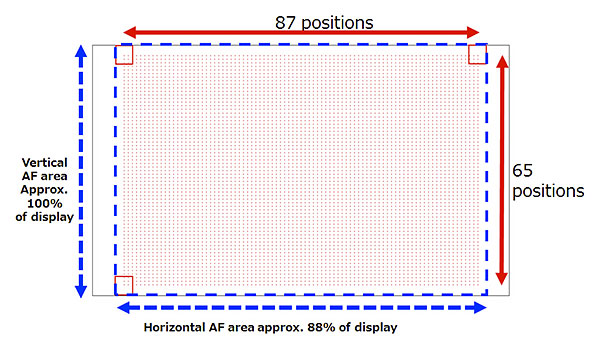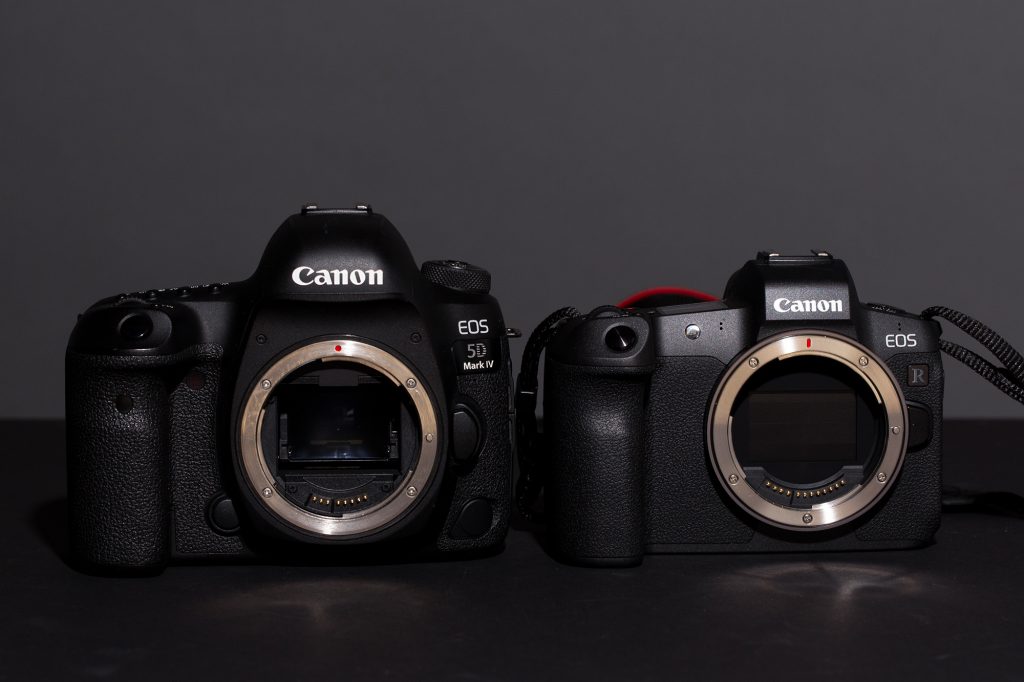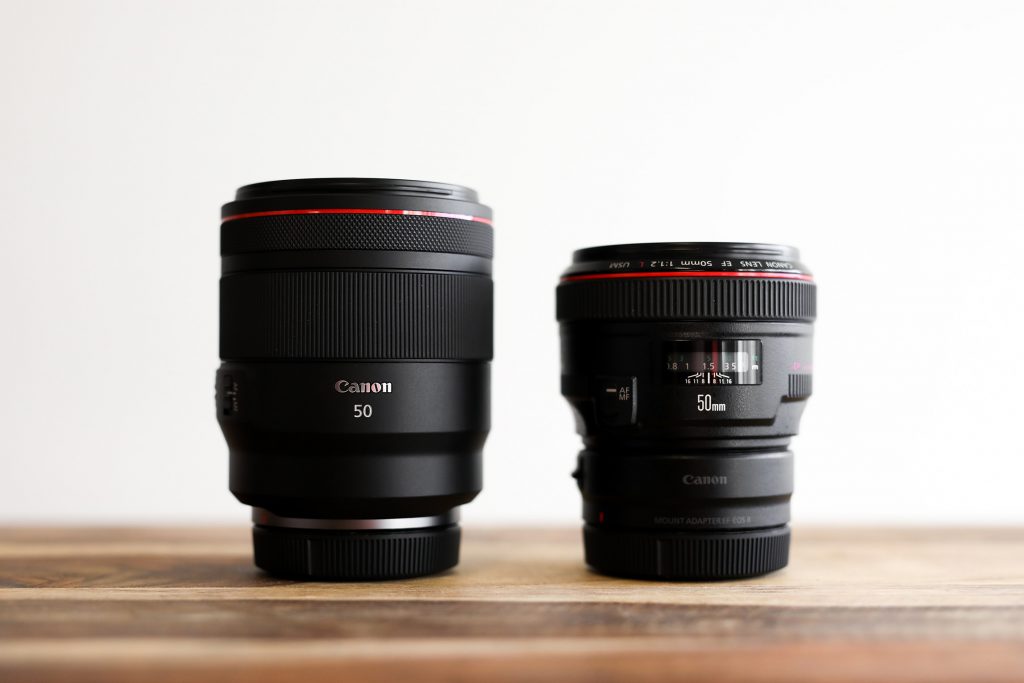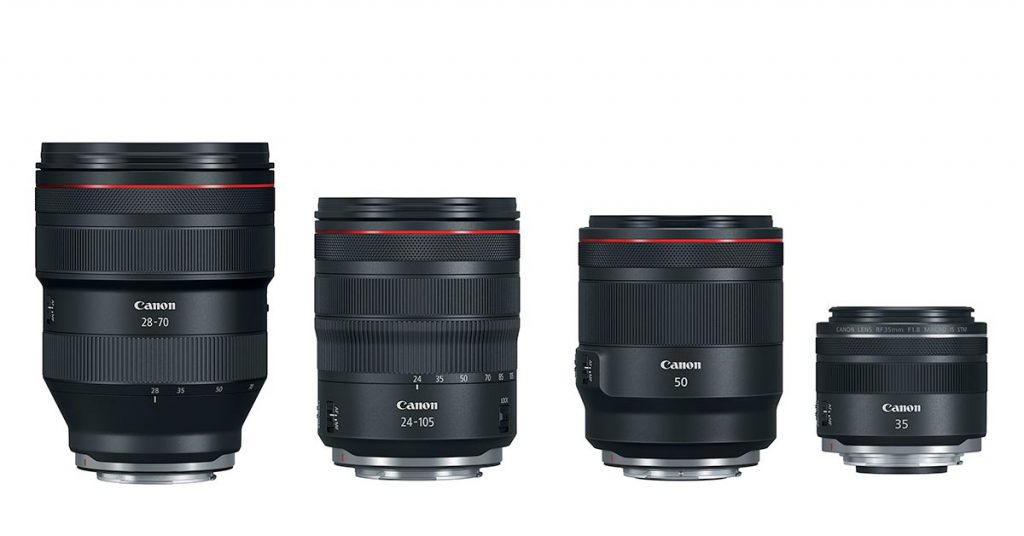Equipment
Review of the Canon EOS R Mirrorless Camera
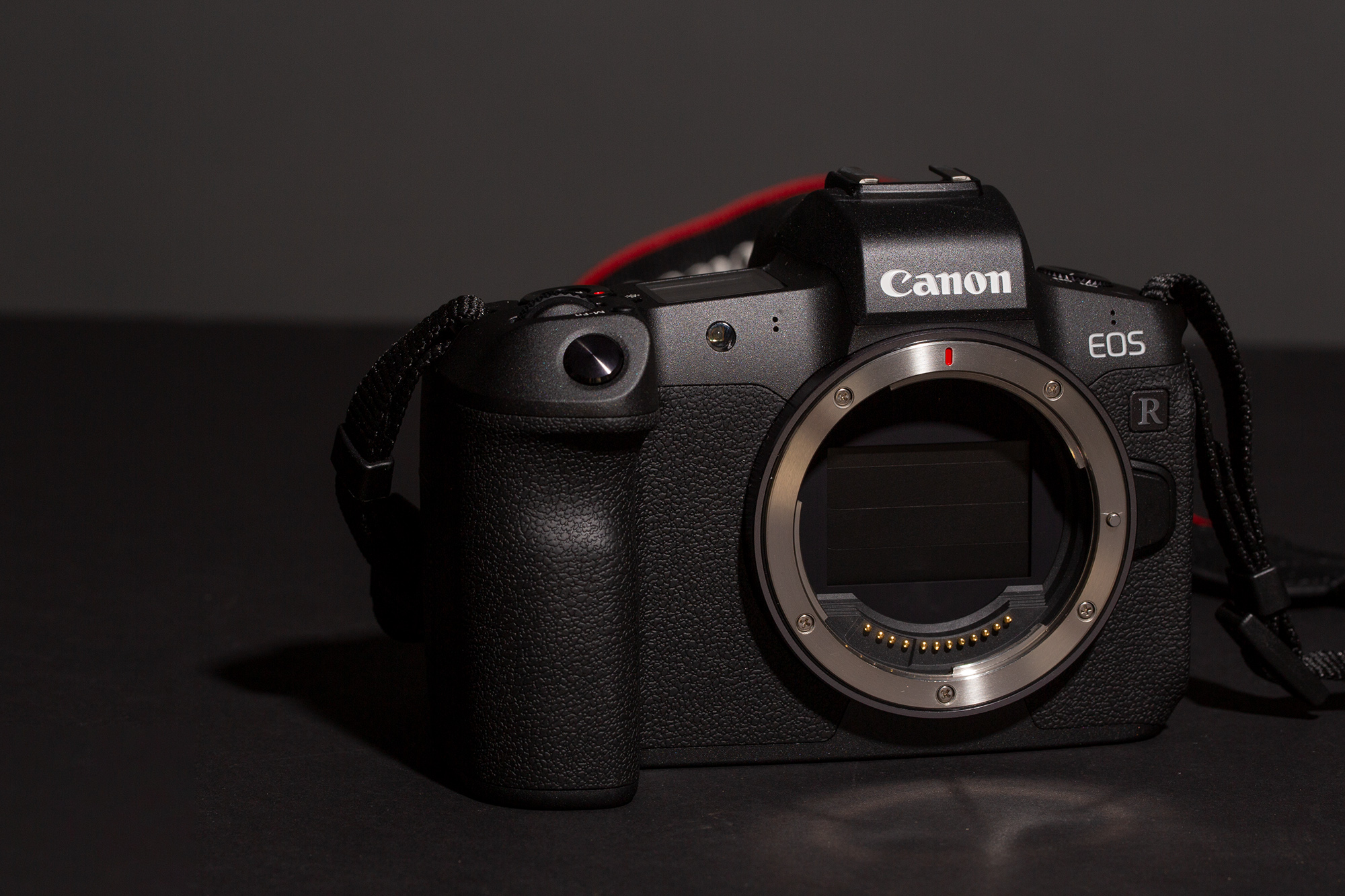
Canon has, at least in recent years, been a bit boring with their product announcements. Whereas Sigma is developing incredible lenses pushing what we once thought was once impossible, and Sony is adding focus points by the hundreds with each new announcement, Canon has just sort of coasted along, adding minor adjustments and tweaks with each new DSLR and lens announcement. As a result, Canon more than anyone else was mocked when news leaked of an upcoming mirrorless system. Their first entries into the mirrorless world with the Canon M series of cameras and lenses were far from impressive, and never really got much attention from both consumers and Canon itself. So with the new Canon EOS R, has Canon finally brought a fighter into a market already saturated with Sony and Fujifilm? Yeah, I think so.
Features
The Canon EOS R is equipped with a 30-megapixel Dual Pixel full frame sensor, a DIGIC 8 processor allowing for 8fps shooting speeds, and an incredible 5,655 individual AF focus points. While 5,655 feels like an unlimited number of focus points, the reality is that it only covers 88% of the display and sensor plane on a horizontal axis (and ~100% vertically) – but you’re really splitting hairs if you call that a notch on the negative side – it’s still the best in class and a huge upgrade from the Canon of 5-6 years ago with only 60 or so.
Additionally, the Canon EOS R has a fully articulating LCD, as well as a 3.69M dot OLED viewfinder. On the video side, Canon offers UHD 4K video at 30p, and admittingly a disappointing 1.83x crop on the 35mm sensor. It does, however, support 120fps shooting at 720p, and has the familiar Canon color profiles that color grade easily and nicely in video. To round out the remainder of the touted features is the single UHS-II SD card slot, a bit of a disappointment for those wary of losing data.

Testing the Autofocus with an energetic squirrel.
Shot using the Canon EOS R. Canon EF 50mm f/1.2L at f/1.8 | 1/400s | ISO 200
However, the Canon EOS R also comes with a series of features that were buried in the announcement pieces. Perhaps the biggest advantage is the USB Type-C port, which allows for both charging the camera while in use, and for tethering (though limited to USB 3.1 Gen 1 speeds (roughly 300MB/sec)). Charging via USB type-C makes this a viable camera for those working eCommerce studios and not wanting to swap out batteries every few hundred shots, and the faster transfer speeds are much welcomed to those who tether. One hopes the possibility of recording to a USB Type-C hard drives and thumb drives will be added as a feature through a firmware update, but we’ll see.
My favorite feature though comes with the Canon EOS R‘s sensor dust prevention measures. Mirrorless cameras are far more prone to sensor dust, as there is no mirror box obstructing the sensor. Canon makes a preventative effort to this problem, by having the shutter close when turning off the camera – preventing dust from entering your camera when switching out lenses. One can’t help but think this thing brilliant feature will be seen on all Sony’s in the coming year.
Build Quality and Size
I won’t touch too much on build quality, because the higher-ups here at Lensrentals.com haven’t yet approved my 3ft/5ft/10ft/50ft drop test idea, and notably didn’t like the idea of having a 10 unit variance test like those found on Rogers MTF tests. However, one with more insight on the build quality would be Roger, as he recently took a Canon EOS R apart to see what was inside. One thing I can talk about though is size.
To put it bluntly, the Canon EOS R system, and the Canon EOS R platform isn’t designed with space saving in mind. While I’ve touched about the illusion of moving to mirrorless to save camera bag space before, it really needs to be addressed with the Canon EOS R. The Canon EOS R isn’t particularly small for a camera system. While it does feel good in your hand, especially compared to other mirrorless systems (Fujifilm, in particular, have no interest in making a camera feel comfortable in your hands), the Canon EOS R won’t feel too much different than your latest DSLR. For visualization, the Canon EOS R is nearly a full centimeter wider and another centimeter thicker than the Sony a7rIII. When accounting for the hand grip, the EOS R is 11% thicker than even the Canon 5d Mark IV. (though I recommend checking out camerasize.com to get a full comparison of the two.)
The biggest size constraints don’t really come from the body though, but rather, the lenses being developed for the system. Calling the Canon R series of lenses big would be an understatement. While at PhotoPlus Expo this year, I sat down with Canon to ask about the size changes in the lenses, and they merely said they weren’t interested in making their lenses smaller if it was going to sacrifice image quality. A noble reply, but let’s find some examples of what I’m talking about when I discuss size issues.
While Canon promises the Canon RF 50mm f/1.2L will outperform the Canon EF 50mm f/1.2L in sharpness and focus accuracy, the size comparison shows precisely what I’m addressing. The Canon RF 50mm f/1.2L is enormous. Even with the RF to EF mounting adapter, the Canon EF 50mm f/1.2L looks significantly smaller by comparison, and that’s just the start of it. Once you start looking at the other lenses announced for the R platform, you start to see the size differences. While not yet released, I was able to get a sneak peek at the Canon RF 28-70mm f/2L, and was immediately shocked by the size of the lens. By taking the image of the Canon RF 50mm f/1.2L above, you’re able to get an idea of how large the Canon RF 28-70mm f/2L will be using the image below. In short, the RF 28-70mm f/2L looks closer in size to a Canon 200mm f/2L than it does to a practical, well-rounded zoom lens.
Using the Canon EOS R
For those who are used to the Canon systems, transitioning to the Canon EOS R is a pretty painless one. The menu system makes sense, and the use of the touch bar system is a decent alternative to the joystick typically found on their line of DSLRs. My biggest gripe with the Sony mirrorless systems has always been their convoluted menu system – it seems to have no user functionality of sense in it at all. Whereas the ‘My Menu’ tool within the Canon systems is generally unused, it’s a necessity when using Sony’s platform. Canon’s menu system is almost a straight rip from their previous DSLR systems; so if you’re a Canon user, you’ll find the transition to the EOS R an easy one.
Whereas I was a skeptic on the 5,600+ autofocus points when the camera was first announced, I must say that I’m quite impressed with the camera’s autofocus system – even though I was often accidentally switching the focus points by using the touchscreen. When testing it around New York, I found that walking subjects were no match for the tracking system, and was incredibly accurate during my brief testing – even at f/1.2. Additionally, I didn’t encounter any problems with focusing in low light conditions, and while I didn’t have a DSLR with me to compare, I have a suspicion that the Canon EOS R might be able to topple the Canon 5d Mark IV on low light autofocus. And the autofocus system boasts some new specs as well. Most notably, the Canon EOS R is the only camera with the ability to autofocus at f/11 on all focus points while using an extender. For those who are not wildlife and sports photographers, Canon’s autofocus used to be extremely limited on cameras after f/5.6 while using extenders such as a Canon EF Extender 2x III. This change, while useless for many, will be a significant improvement to those who need it.
However, there is its short list of shortfalls as well. One can’t help but wonder why Canon didn’t implement some kind of In-Body Image Stabilization (IBIS) like that found on virtually every other mirrorless system. While Canon has made it clear that they believe the future remains within image stabilization within the lenses, IBIS is cheaper and works just as well. With the size of the camera, it’s apparent that they could have possibility build an IBIS system into the Canon EOS R, and leaving it out is a disappointment. Secondly, the no blackout shooting system within the Canon EOS R is more frustrating than useful. If you’ve used the Sony a9, you may have fallen in love with the no blackout shooting, where you’re able to shoot continuously without your viewfinder ever being obstructed. Sony’s solution was to just make a black box indication system to let you know you’ve taken a photo. Canon’s solution – briefly freezing the image within the OLED viewfinder, obstructing your shooting in the process. While this can (and hopefully, will) be fixed with a firmware update, one hopes it comes sooner rather than later.
What I Liked
- Extremely Comfortable Mirrorless System to Hold and Use
- Great Low Light Focusing
- 5,655 Focus Points, for Super Accurate Focusing
- USB Type-C for Charging and Tethering
- Affordable Camera System at $2,300
What Could Be Improved
- No In-Body Image Stabilization
- Cropped Sensor 4K and other Limited Video Options.
- Very Large System Size; Especially for Mirrorless
Conclusion
Canon seems to have learned from their mistakes from the EOS M mirrorless platform from a few years ago and has finally made a mirrorless system with professionals in mind. As long as you’re not expecting to save camera bag space by transitioning to mirrorless, the Canon EOS R looks to be an incredibly capable camera system for only $2,300. And of course, if you want to try before you buy, the Canon EOS R is available for rentals for as low as ~$10 a day.
Author: Zach Sutton
I’m Zach and I’m the editor and a frequent writer here at Lensrentals.com. I’m also a commercial beauty photographer in Los Angeles, CA, and offer educational workshops on photography and lighting all over North America.
-
Michael Clark
-
Frank Sheeran
-
Jeff Allen
-
Lillian
-
Neil Burton
-
Dan Lovell
-
Dan Lovell
-
Thelma
-
Whitley Barbosa
-
Kelly Doyle
-
Cassandra Wilkinson
-
Carmen B. Rodriguez
-
Cassandra Cain
-
neil
-
dsut4393
-
Athanasius Kirchner
-
Brandon Dube
-
Gordon Lewis
-
Zach Sutton Photography
-
Zach Sutton Photography
-
Stanislaw Zolczynski
-
Baconator
-
Baconator
-
Athanasius Kirchner
-
zogzog
